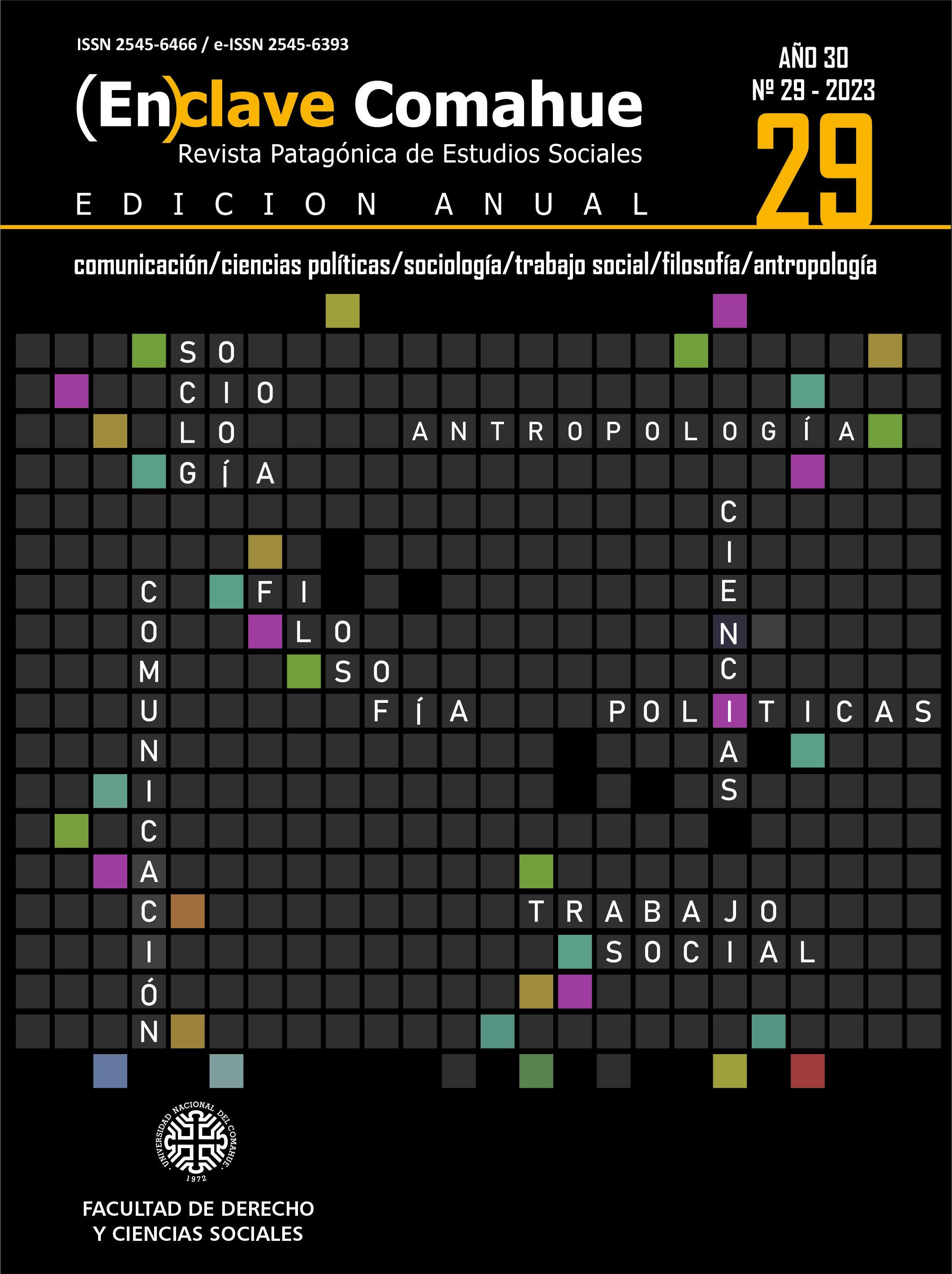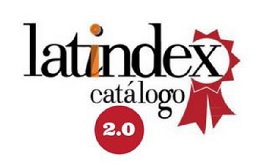Memoria, identidad y migración. Encrucijadas en la construcción del “tijuanense”
Palavras-chave:
memoria, identidad, intersubjetividad, migración, ciudadResumo
Este artículo presenta los resultados del trabajo de campo realizado de enero a mayo de 2021, en la ciudad de Tijuana, cuyo objetivo fue explorar cómo se construye el sentido de identidad con una ciudad a la que se migró. Al mismo tiempo, se observó cómo los usos de la memoria y el sentido de identidad son los filtros desde los cuales se posicionan nuestros actores ante una “nueva” migración tras la llegada de las llamadas “caravanas migrantes” compuesta por personas de otros países. Argumentamos que la comunicación intersubjetiva jugó un papel relevante en la construcción de la memoria de las personas migrantes, así como en el proceso de adaptación a la ciudad y la construcción de una identidad dual, que consiste en mantener el arraigo con el lugar de origen y al mismo tiempo identificarse con el nuevo espacio que se habita. Con este fin se aplicaron quince entrevistas semiestructuradas a hombres y mujeres de entre 40 y 70 años, quienes migraron de estados como Nayarit, Hidalgo, Michoacán, Sinaloa -entre otros- para asentarse en esta localidad entre los años setenta y ochenta, principalmente.
Downloads
Downloads
Publicado
Como Citar
Edição
Seção
Licença
Copyright (c) 2023 Viviana Mejía Cañedo, Érika Valenzuela Gómez, Luis Carlos López Ulloa

Este trabalho está licenciado sob uma licença Creative Commons Attribution-NonCommercial-ShareAlike 4.0 International License.
Los autores de los artículos publicados conservan los derechos de autor y garantizan a la revista el derecho a ser la primera publicación. Los autores podrán adoptar otros acuerdos de licencia no exclusiva de distribución de la versión de la obra publicada (p. ej.: depositarla en un repositorio institucional o en sus sitios personales) siempre que se indique la publicación inicial en esta revista.
Los artículos se publican bajo la licencia de Creative Commons Reconocimiento-NoComercial-CompartirIgual 4.0 Internacional, mediante la cual se permite copiar, reproducir, distribuir, comunicar públicamente la obra y generar obras derivadas, siempre y cuando se cite y reconozca al autor original. No se permite utilizar la obra ni sus posibles obras derivadas con fines comerciales.
ACLARACIÓN: En números anteriores al año 2017 se utilizó la licencia Creative Commons BY-NC-ND para la publicación de los artículos.







